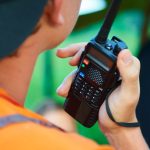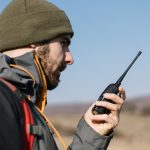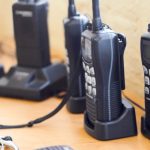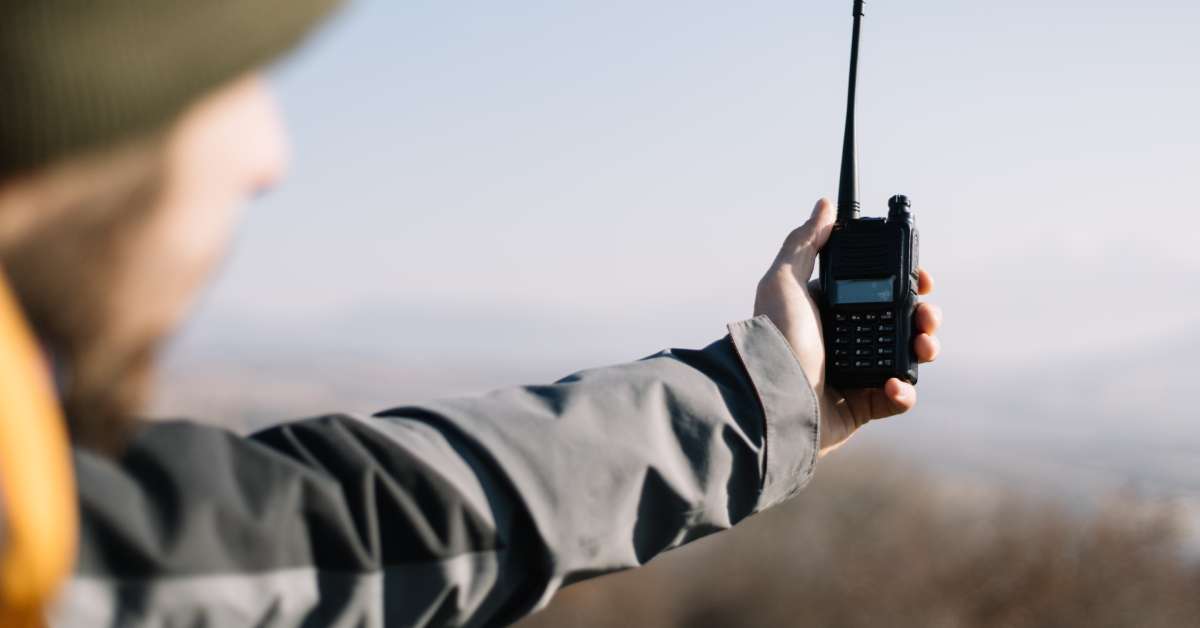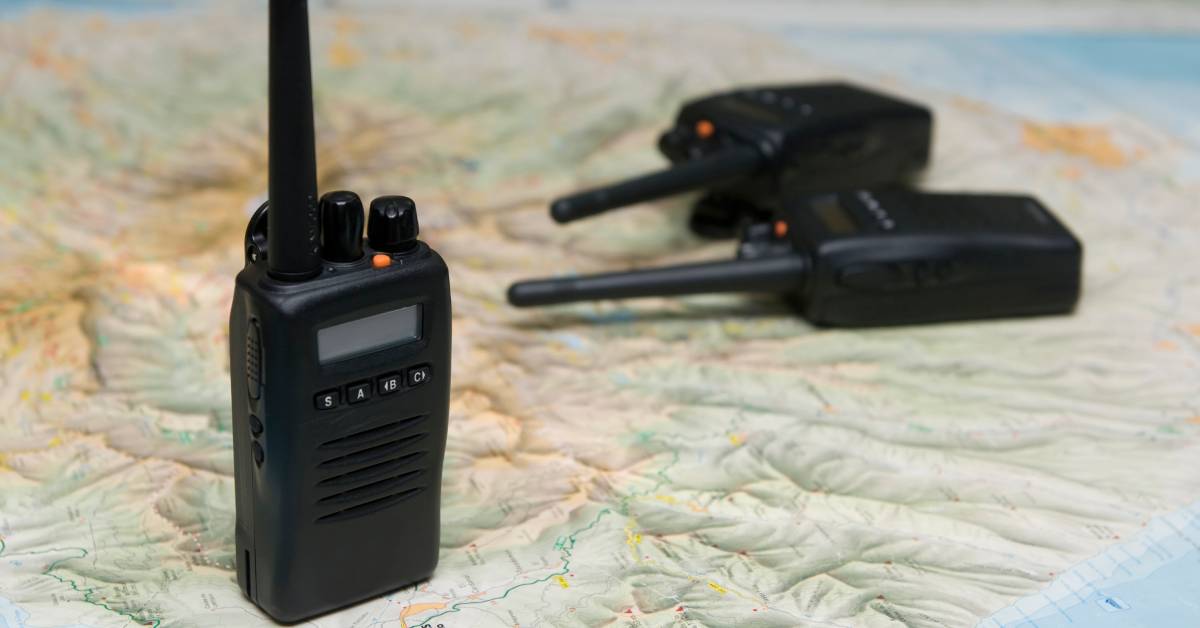Public safety radios, also known as public safety communication systems, are specialized radio communication systems used by various public safety agencies and emergency services to facilitate communication during critical situations and everyday operations. These radios are a crucial part of emergency response and public safety efforts, allowing first responders and other agencies to coordinate their activities effectively.
Here are some key features and aspects of public safety radios:
- Dedicated Frequencies: Public safety radios operate on dedicated radio frequencies allocated for emergency and public safety use. Public Safety frequencies are typically separate from those used by the general public, reducing interference and ensuring that emergency communications are not disrupted.
- Trunked Radio Systems: Many public safety agencies use trunked radio systems, which efficiently manage radio traffic by dynamically allocating available frequencies. This enables more efficient use of radio spectrum and better communication during high-traffic situations.
- Digital Communication: Modern public safety radios have transitioned from analog to digital communication. Digital radios offer clearer audio, better encryption for secure communication, and the ability to transmit data and location information alongside voice communication.
- Interoperability: Ensuring that different agencies can communicate with one another during emergencies is critical. Public safety radios often support interoperability, allowing various agencies (police, fire, EMS, etc.) to communicate seamlessly, even if they use different radio systems.
- Rugged and Durable: Public safety radios are designed to withstand harsh conditions and physical stress. They are often water-resistant, dustproof, and built to operate in extreme temperatures.
- Encryption and Security: Security is paramount in public safety communications. Radios may use encryption to protect sensitive information and ensure that only authorized personnel can access and use the radios.
- GPS Integration: Many modern public safety radios incorporate GPS technology to track the location of personnel in real-time. This is invaluable for situational awareness and coordinating responses during emergencies.
- Emergency Features: Radios often have emergency alert buttons or features that allow users to send distress signals, which can be vital in life-threatening situations.
- Dispatch Centers: Public safety agencies typically have dispatch centers that monitor and manage radio traffic. Dispatchers play a crucial role in coordinating responses and ensuring that messages are relayed to the appropriate personnel.
- Redundancy: Backup power sources and communication infrastructure redundancy are built into public safety radio systems to ensure they remain operational during power outages and other emergencies.
- Training: Effective use of public safety radios requires training to ensure that first responders know how to operate the equipment and use the radio protocols effectively.
Public safety radios are essential tools for first responders, law enforcement agencies, fire departments, emergency medical services, and other organizations involved in ensuring public safety. They are vital in both routine operations and crisis situations, helping to save lives and protect communities.



